(60 products available)












































































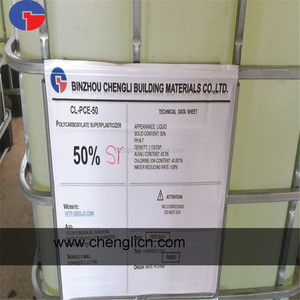
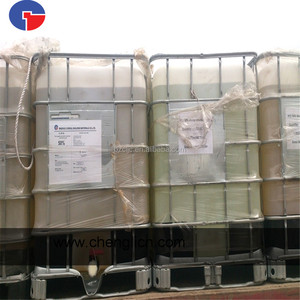

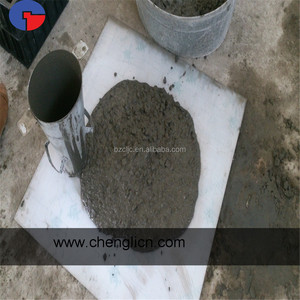
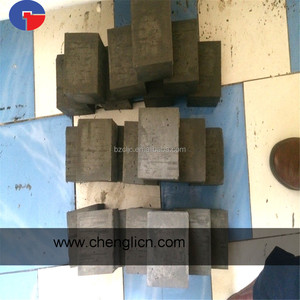























































































































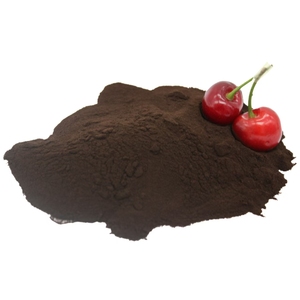


Concrete is a versatile, durable, and cost-effective building material, with various applications ranging from bridges and buildings to roads and pavements. Admixtures are added to concrete during mixing to enhance specific properties. The type and dosage of admixture in concrete depend on the desired properties. Here are the main types:
These admixtures reduce the amount of water needed for mixing without affecting the workability. They have two main types: plasticizers, which increase slump or flow, and superplasticizers, which can greatly reduce the water-to-cement ratio.
These admixtures delay the setting time, which is useful in hot weather or for large pours. They allow more time for placing, finishing, and curing. Retarding admixtures are classified as normal and high-range, based on their strength development.
These admixtures speed up the setting and hardening of concrete. Calcium chloride is a common accelerator. It should be carefully mixed and applied to prevent rapid setting and heat generation. Other types of accelerators include those based on calcium nitrate, triethanolamine, and sodium thiocyanate.
These admixtures create small, stable air bubbles in the concrete, which improves freeze-thaw resistance. They are used to improve the workability of concrete in cold weather. To function effectively, they should be well distributed in the mix.
These admixtures contain chemicals that shield steel reinforcement from corrosion. They extend the lifespan of structures in corrosive environments. Common corrosion inhibitors include calcium nitrite and sodium nitrite.
These admixtures reduce plastic and drying shrinkage. This makes them suitable for use in slabs and other applications requiring large areas of concrete. They are also suitable for use in repair materials.
These materials enhance the bond between old and new concrete. They are commonly used for concrete repairs. They include types classified as epoxy resin-based, acrylic-based, and chemical-resistant material.
These materials add attractive colors to the concrete. They are suitable for use in precast, cast-in-place, and paving applications. They produce uniform, permanent, and streak-free colors. Users can choose from a wide range of shades and hues.
These admixtures prevent cement particles from washing out of the concrete mix when placed underwater. They are suitable for use in underwater construction and repair work. They ensure adequate concrete strength and durability in underwater applications.
Admixtures are additional ingredients added to concrete during mixing to improve its properties. They influence plastic or hardened concrete. The maximum dosage of admixture in concrete as per IS code can be used for various purposes. Some of the features include:
Admixture in concrete is used in various construction projects. Here are some of the common application scenarios for the product:
Apartments, homes, and residential complexes are constructed using concrete. Home improvement projects like driveways, patios, and foundations are also made using concrete. Admixtures are usually used in these projects to improve the workability of the concrete and make it more durable.
Buildings like schools, offices, and retail spaces are usually built using concrete. Admixtures are used in these projects to help the concrete achieve certain performance goals. For example, plasticizers are used to increase the workability of the concrete in projects with complex shapes and designs.
Many infrastructure projects, such as bridges, roads, and tunnels, are constructed using concrete. In these projects, admixtures are used to make the concrete more resistant to chemicals, water, and weather. This helps to increase the lifespan of the structures.
Concrete is commonly used in industrial construction to build things like warehouses, manufacturing plants, and storage facilities. In these projects, admixtures are used to make the concrete more durable and able to withstand heavy loads, vibrations, and impact.
Some construction projects are built with specialized concrete. For example, self-compacting concrete is used in projects with complex shapes and designs. Light concrete is used in projects that require a lightweight material. High-performance concrete is used in projects that require a material with high strength and durability. Each of these specialized concretes uses different types of admixtures to achieve specific performance goals. Admixture dosage in concrete depends on the specific requirements of each project.
When deciding how to choose the right concrete mix, it's important to consider the application and the type of construction. Different types of construction, such as residential and commercial projects, require different types of concrete mixes and ratios. Most construction companies use ready-mix concrete, which is a blend of sand, cement, and aggregate. However, some construction projects require on-site mixing.
When looking at the type of construction, consider the construction site's location. Different climate zones can affect the type of concrete mix needed to ensure the building has a durable structure. For example, in colder regions, construction companies use a specific mix that can withstand the elements, so the concrete doesn't crack or become damaged.
Another factor to consider when choosing the right concrete mix is the desired finish. Some mixes are better for finishing concrete floors, while others are more suitable for pouring driveways or patios. It's important to choose a concrete mix that aligns with the project's goals and requirements to ensure the best results.
When choosing the concrete mix, consider the amount of water needed to ensure the concrete is workable. When adding water, it's important to follow the manufacturer's instructions to avoid compromising the concrete's strength and integrity. The amount of water needed can vary, so it's important to read the instructions carefully.
It's also important to consider the type of aggregate used in the mix. The aggregate is a key component of the mix and provides compressive strength. Different types of aggregate, such as gravel, limestone, or granite, can impact the mix's final strength and texture. Aggregates are generally divided into fine aggregates, like sand, and coarse aggregates, like crushed stone.
When choosing the right concrete mix, it is important to consider the type of cement used. There are different types of cement, such as Portland cement, rapid-hardening cement, and sulfate-resistant cement, each with its own properties and uses.
Q1: Can admixtures be used in all types of concrete?
A1: Yes, admixtures can be used in different types of concrete, including normal concrete, high-strength concrete, and self-compacting concrete. However, the specific types and dosages of admixtures may vary depending on the desired properties and the project requirements.
Q2: How can one determine the appropriate dosage of admixture for a specific type of concrete?
A2: The appropriate dosage of admixture can be determined through extensive testing and evaluation of the concrete mix. It is important to work closely with the admixture supplier to develop customized mix designs and optimize performance.
Q3: Are there any negative effects of using admixtures in concrete?
A3: When used correctly, admixtures can enhance the properties of concrete, such as workability, strength, and durability, without causing any negative effects. However, improper dosage or application can lead to issues such as segregation, bleeding, or setting problems.
Q4: How should admixtures be stored?
A4: Admixtures should be stored in a cool, dry place, away from direct sunlight and moisture. Proper storage helps maintain the quality and effectiveness of the admixtures. It is advisable to use admixtures on a first-in, first-out basis to ensure freshness.
Q5: Can multiple admixtures be used together?
A5: Yes, multiple types of admixtures, known as admixture systems, can be used together in the same concrete mix to achieve specific performance goals. However, compatibility tests should be conducted to ascertain the admixtures work well together. Additionally, the dosage of each admixture should be carefully controlled to avoid any issues.